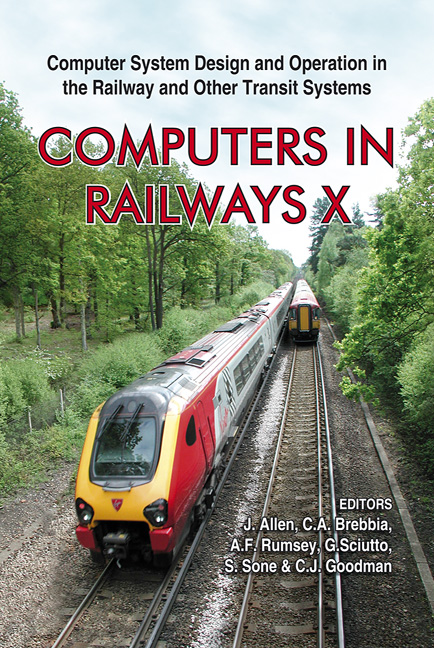Calculations And Measurements Of Harmonic Current Distributions In The Catenary Of Railways With Single-phase A.C.
Price
Free (open access)
Transaction
Volume
88
Pages
10
Published
2006
Size
458 kb
Paper DOI
10.2495/CR060761
Copyright
WIT Press
Author(s)
A. Zynovchenko, J. Xie, S. Jank & F. Klier
Abstract
Frequency converters find wide application in rail vehicles and power supply stations of railway networks. An important disadvantage of frequency converters is the emission of voltage and current harmonics. They cause extra stress to railway equipment and can interfere with sensitive signalling circuits resulting in their mis-operation. Therefore, propagation of current harmonics in the catenary network and resonance phenomena have to be investigated, which requires network calculations for high frequencies. A new catenary network calculation method covers the frequency range up to 20 kHz. Experimental proof of the calculation method was done. Comparison of calculations and experimental results is given. Keywords: network model, network calculation, catenary, track circuits, frequency converter, harmonics, electromagnetic compatibility. 1 Introduction The development of high power semiconductors today results in the increasing use of frequency converters in railway networks. Nowadays, most rail vehicles and also some power stations are equipped with frequency converters. Such converters generate an AC-voltage by building it with pulse shaped voltages (pulse width modulation). Because of that, the resulting output voltage of the
Keywords
network model, network calculation, catenary, track circuits, frequency converter, harmonics, electromagnetic compatibility.





